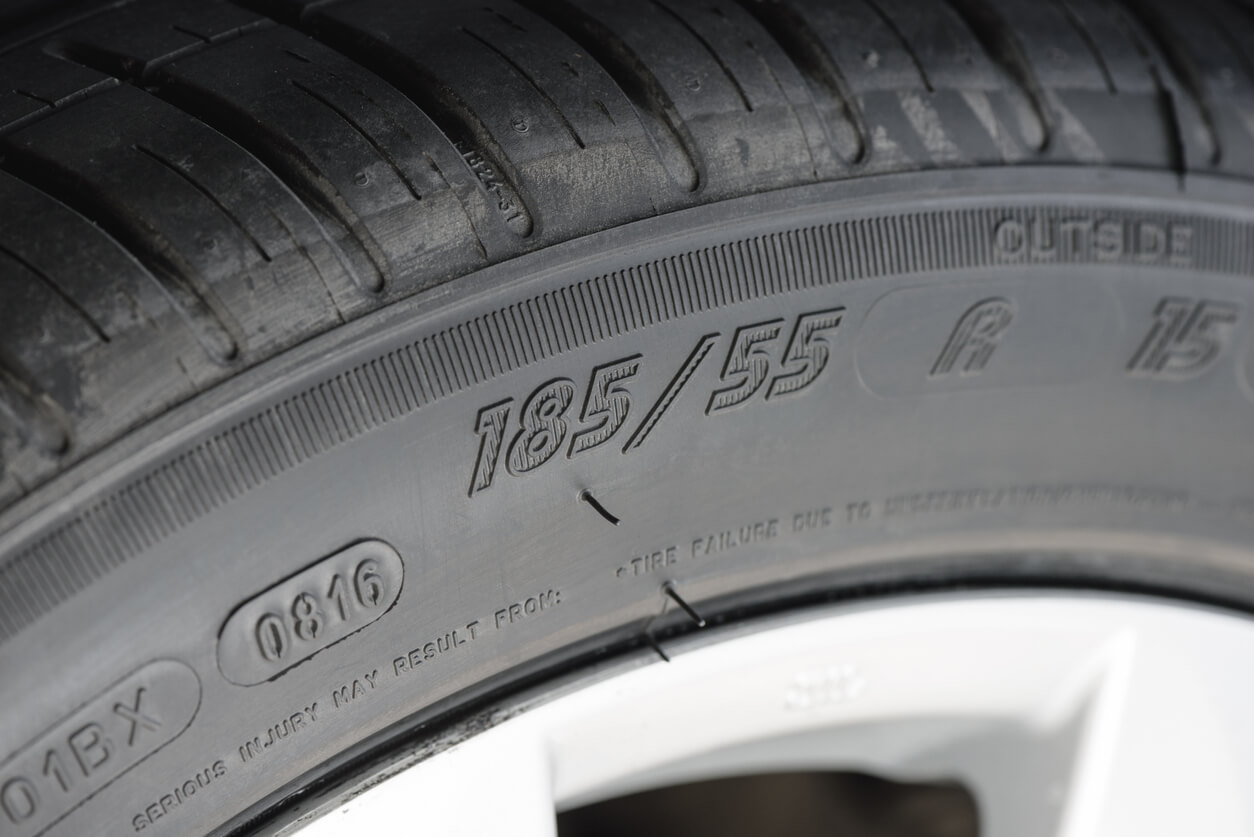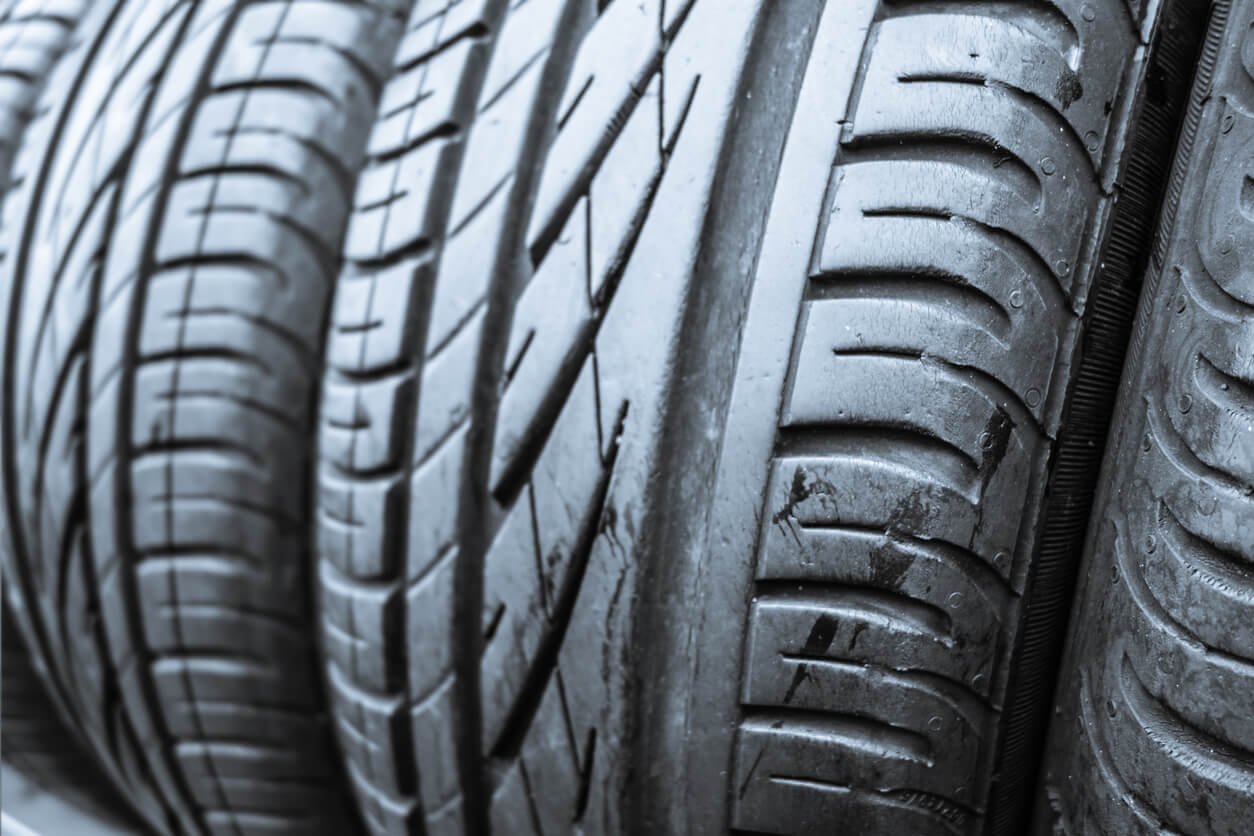Guide to buying new tyres
Are your car tyres worn or old and in need of replacing? Buying new tyres can seem a daunting or painful task. The options can seem endless and it is easy to feel overwhelmed.
It’s important to buy a set of tyres that are suitable for the make and model of your vehicle. Not only that, but they also need to suit your intended purpose.
Our simple guide can help you to find the best tyres for your car and driving needs.
When buying new tyres, ask yourself...
What size are my tyres?
When buying new tyres, the first thing you need to know is what size your car requires. This will allow our knowledgeable team to provide you with an accurate quote.
If you take a look at the tyres on your car, you’ll notice a code system moulded into the sidewall. All tyres come with this code system. It provides important information about the technical capabilities of the tyre, as well as information regarding tyre size, construction, load carrying capability and the speed rating.
The technicians here at Marks & Wallings are available to help you in deciphering this information if you are at all unsure.

What is your intended use?
Tyres have different tread patterns for different purposes, ride qualities and capabilities. When buying new tyres it is important to consider the type of driving that you do, how far you travel and what you use your vehicle for.
There are 3 kinds of tread patterns available. These are:
Directional tread pattern
- Generally has an arrow-shaped appearance, that offers high protection against aquaplaning
- Reliable handling on wet roads, mud and snow
- Provides greater directional stability
It is important to be aware that tyres with a directional tread pattern are designed to work in one direction only and must be fitted accordingly.
Symmetrical tread pattern
- Notably quiet and offer good road stability
- If you tend to mostly drive short distances, these can offer value for money
- Can offer good tyre life and improved fuel economy due to lower rolling resistance
You can fit and rotate symmetrical tyre treads in either direction as both halves of the tread pattern are the same.
Asymmetrical tread pattern
- Offer excellent grip on both wet and dry roads
- Effective water dispersion to assist in protection against aquaplaning due to the inner side of the tread
- Good grip when cornering and on dry surfaces as a result of the rigid tread blocks on the outer shoulders of the tread
It is important that asymmetrical tyres are correctly fitted due to the different tread patterns on the inner and outer shoulders.

What are the benefits of a quality tyre vs a cheap tyre?
At the time of buying new tyres, it can be tempting to opt for cheap tyres to save a bit of money upfront. However, choosing a quality set of tyres is more likely to save you money in the long run. Generally speaking, quality tyres are known to have better safety and performance features. This can include improved handling characteristics and reduced braking distances.
Whenever possible, it is advisable to avoid buying cheap tyres. Instead, choose tyres from a reputable tyre brand. We supply and fit a great range of tyres from trusted brands, including Falken, Pirelli and Michelin.
At Marks & Wallings we accept Openpay, which can assist you in making manageable repayments on a new set of tyres over 2, 3, 6 or 9 months, interest free. This can enable you to purchase a quality set of new tyres that will best suit your vehicle and driving needs.
Do I need to stick with Original Equipment (OE) tyres?
Choosing to replace your worn tyres with the OE tyres can give you the peace of mind that the physical dimensions, internal construction, tread design, key performance attributes and quality are equal to that of the tyres being replaced. You can find out what tyres your vehicle manufacturer recommends by looking in your owner’s manual.
There are many instances however, where the OE tyres may not suit your intended use. That’s why we recommend that you take the time to consider the type of driving you do, and the conditions that you typically drive under. Doing this will help you to choose the best tyres for your car and driving habits.
Should I replace all 4 tyres at once?
To achieve the best, and most even, handling and control it is advisable to replace all 4 tyres at the same time. This also ensures that your tyres are of the same age and condition. When buying new tyres, don’t forget to inspect the age and condition of your spare tyre and if needed replace it too.
If the time has come for you to purchase new tyres for your vehicle, make the process a simple one. Our qualified and experienced technicians are here to help. We can assess both the external and internal condition of your car tyres and recommend suitable replacement tyres to best suit your vehicle and driving needs.
